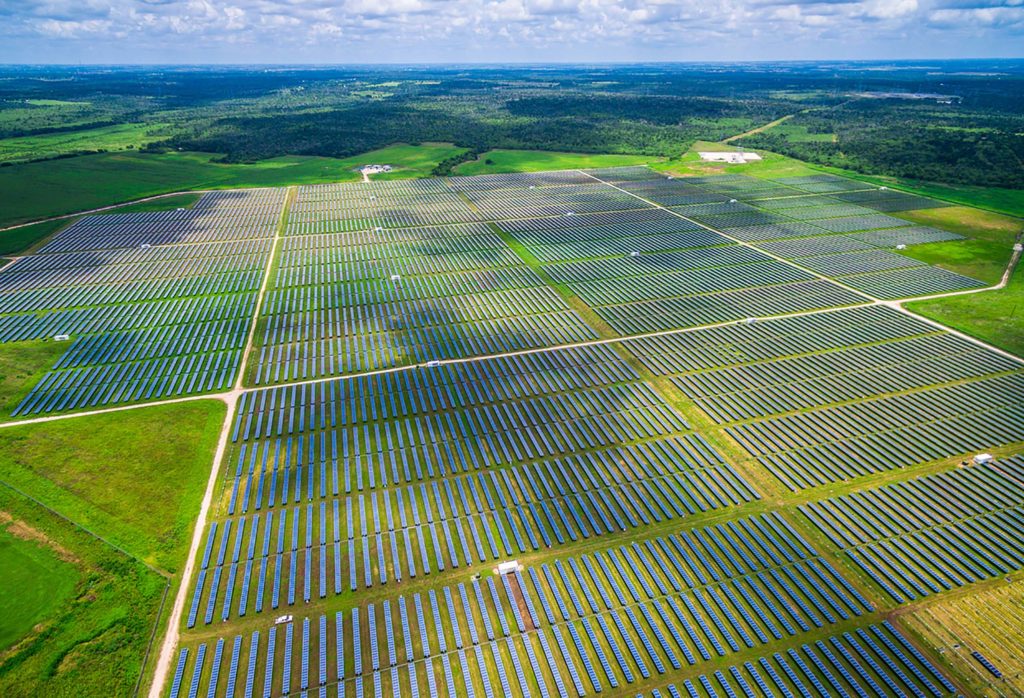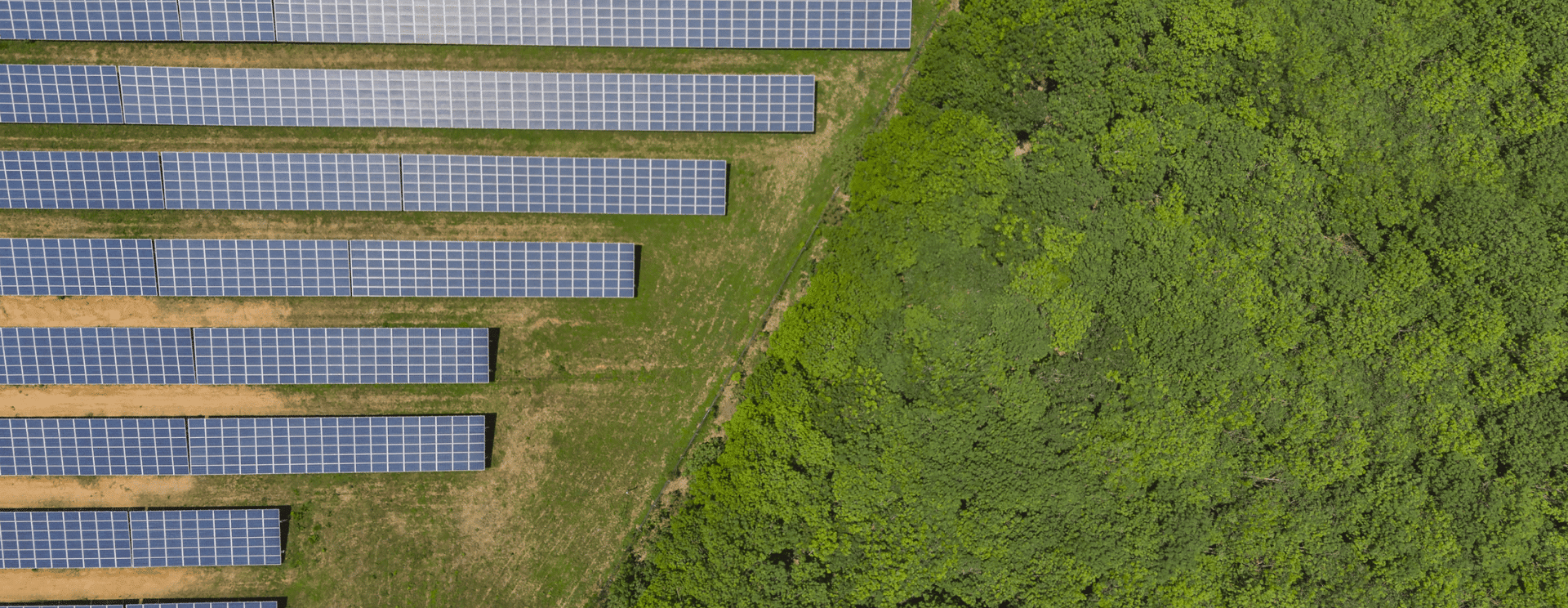How Solar BOS Costs Impact Utility-Scale Solar Construction Projects

Renewal energy production is booming. The International Energy Agency (IEA) reports that annual renewable capacity additions increased 45 percent in 2020 to almost 280 GW – the highest year-on-year growth since 1999.
For solar producers, however, there may be a few bumps in the road ahead. According to Reuters, global supply chain issues and a surge in costs for components, labor, and freight threaten to slow the solar energy boom.
In this environment, cost containment is critical for solar producers and EPCs building out utility solar construction projects (defined as 5 megawatts or higher by the National Renewable Energy Laboratory). While photovoltaic (PV) panels are the single largest budget line item for most solar projects, real (and often overlooked) savings can be achieved by optimizing solar Balance of System (BOS) costs.
Are Cable Installation Labor Costs Sabotaging Your Solar BOS Budget?
Solar balance of systems includes all photovoltaic system components except for PV panels — solar inverters, battery banks, chargers, mountings, switching, and wiring. As well as hardware, BOS also includes labor, permitting, and inspection fees.
Of all BOS elements, the labor cost of installing PV wire can create the most significant financial exposure for project owners and EPCs. There are several contributing factors:
- Installing PV cable is time-consuming and labor-intensive, and traditional installation methods make it difficult to forecast labor costs and completion times accurately. Delays and labor-cost overruns are common.
- Project developers face supply chain challenges and inconsistent wire quality. Product quality issues can create the need for ‘rework,’ impacting labor costs, deadlines, and margins.
- EPCs are under significant pressure to complete solar projects on time and budget. Delays due to completing cable work are a major cause of liquid damages for EPCs.
While PV wire installation has traditionally created headaches for solar developers, recent innovations in bundled cable design and installation best practices can help slash labor costs, reduce rollout times, and improve project and financial forecasting.
Custom Bundled Cables — A New Approach to Installing PV Wire
Sun-Pull Wire and Cable takes a three-phased approach to optimize cable installation across the solar project lifecycle. The results are compelling — using Sun-Pull’s solar PV bundled wire system, a four-person crew can pull one megawatt of PV string wire per day and reduce installation time by up to 80%.
The three components of Sun-Pull’s solar bundled cable solution are:
Planning. Pre-construction planning and design can minimize product order discrepancies, improve project forecasting, and help reduce labor costs. Planning components are:
- Construction blueprint analysis
- Pre-construction reviews and site surveys
- Project planning
- String wiring analysis and layout
Product. Sun-Pull’s custom cut and printed bundle cables can help slash installation times and eliminate project rework. Sun-Pull’s bundled PV solutions include:
- Pre-cut, pre-printed wire bundles, ‘Made in America’ with strict quality control
- Up to 30,000 feet of bundled wire on a single reel
- Every Sun-Pull solar PV wire bundle is configured to customer-required lengths and specific breakouts
- Each PV wire bundle also includes custom printing every 6″ for string number, combiner box, or inverter identification
- Pull-heads are located on the inside or outside of each bundle according to installation requirements
Installation Support Sun-Pull takes a hands-on approach throughout project implementation and offers several services to help optimize each rollout. These include:
- Phased product deliveries
- Spool and pallet removal to save disposal costs
- Installation training and ‘boots on the ground’ troubleshooting
The Benefits of Lower BOS Costs
Lower cable labor costs and shorter project timelines are positive outcomes for solar providers facing thin margins and aggressive construction schedules. For EPCs, faster project turnaround times can minimize liquid damages due to project delays.
While most people think of PV panels when they see large commercial solar farms, it’s often the ‘hidden’ BOS costs that determine the profitability of these projects. Deploying bundled PV cable solutions can help many solar producers and EPCs meet their project schedules and financial targets.


